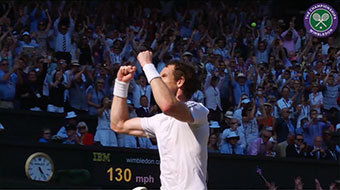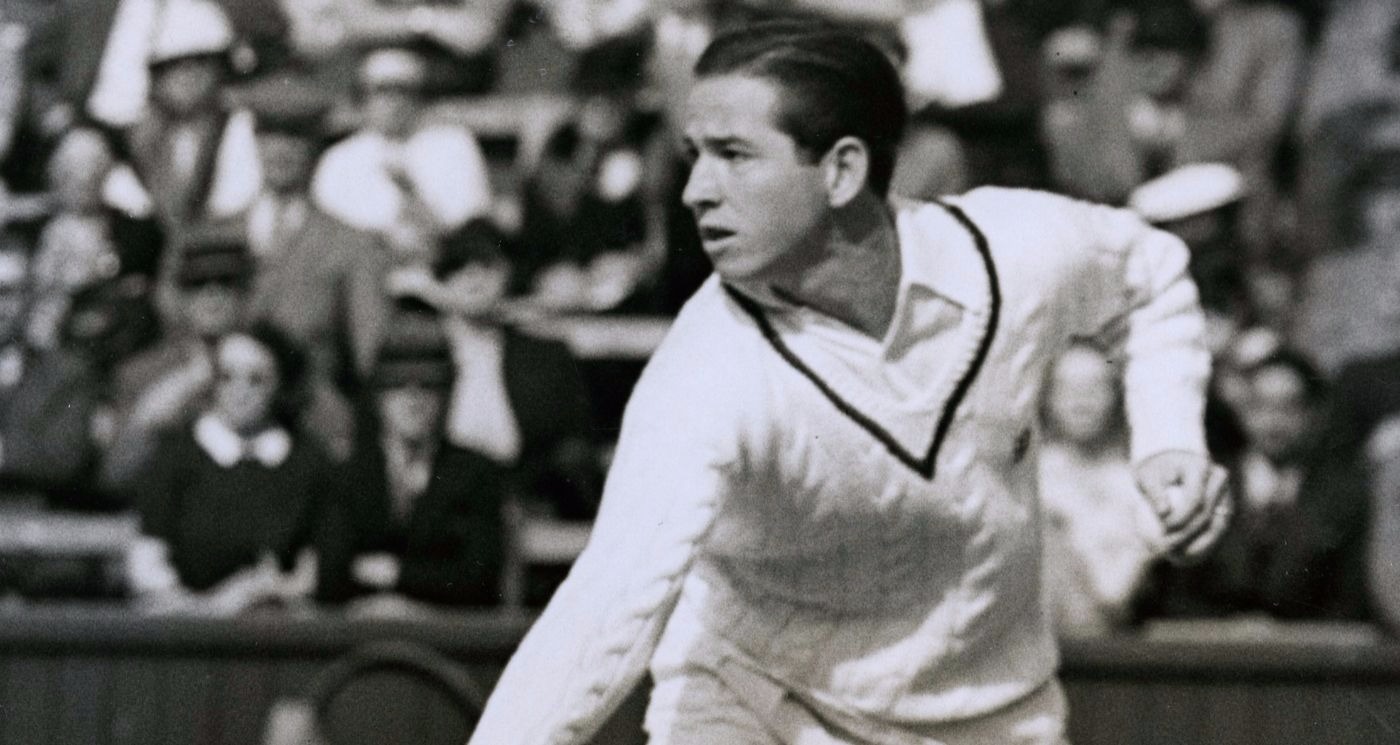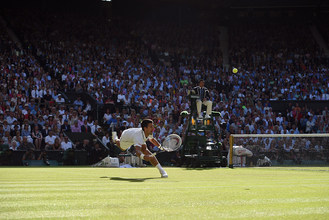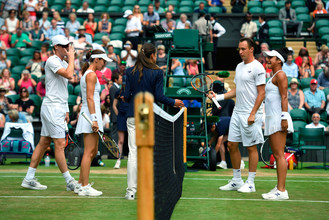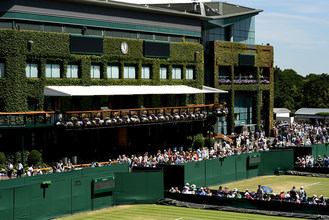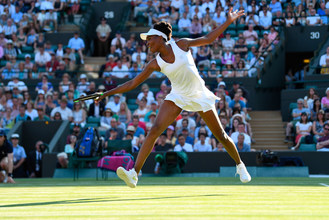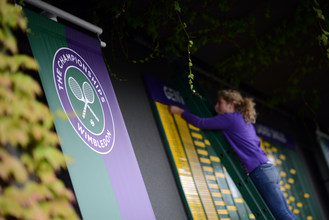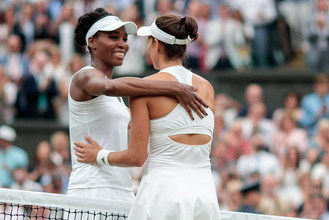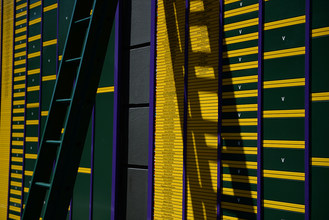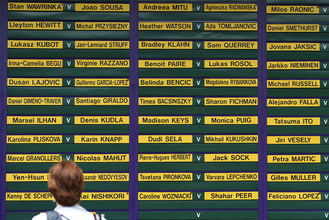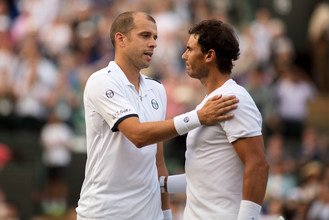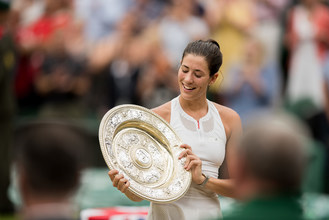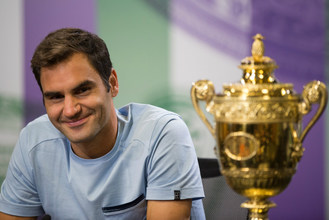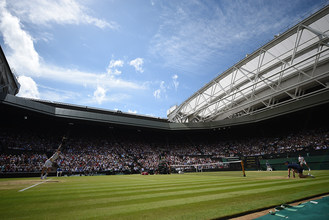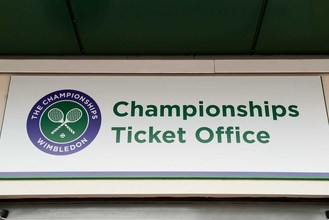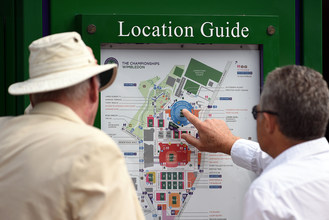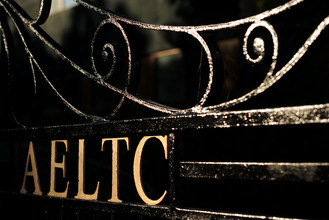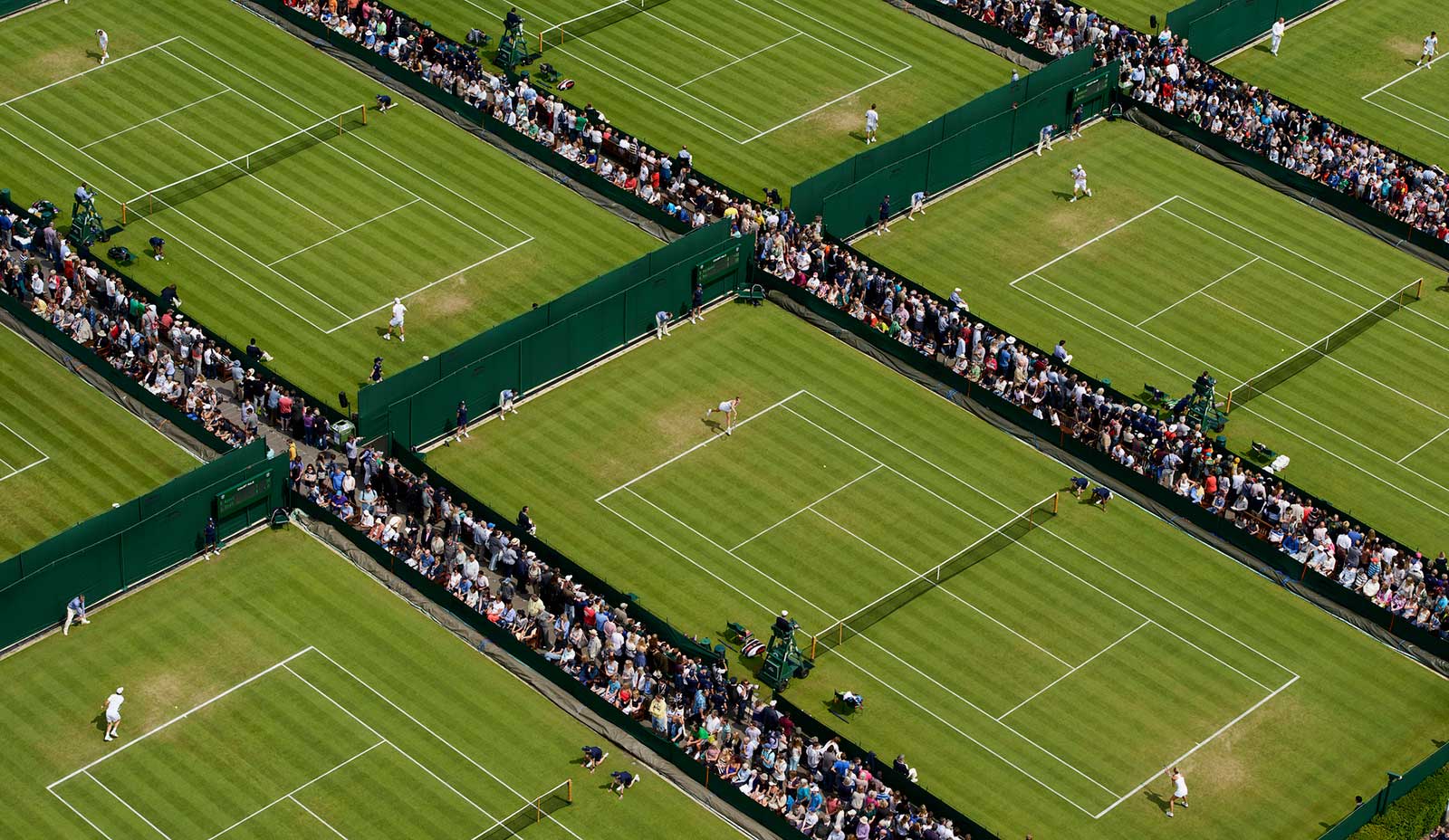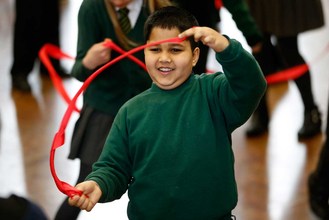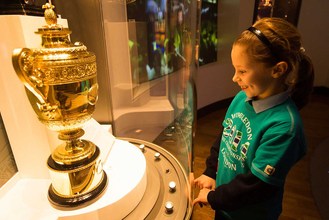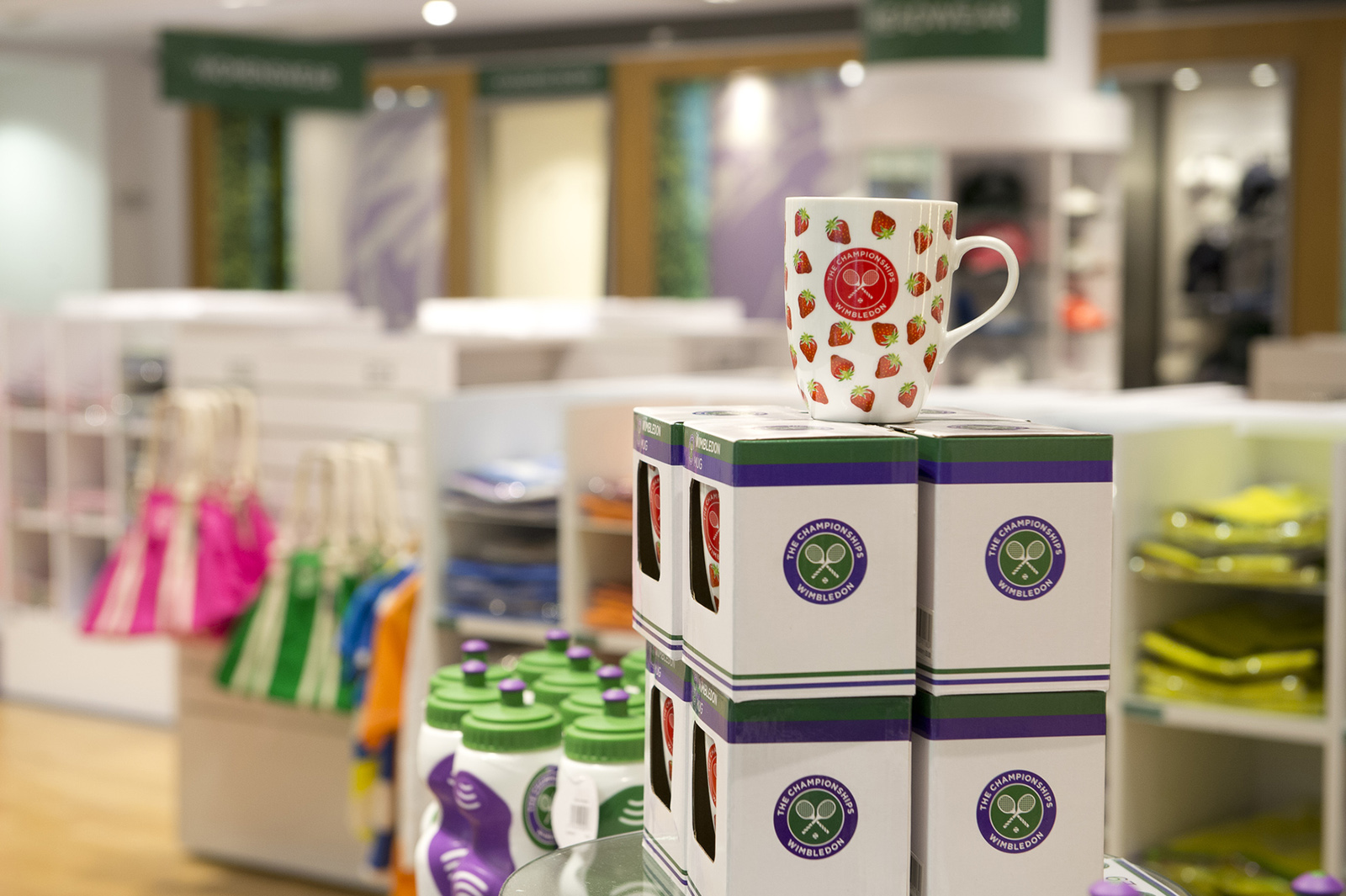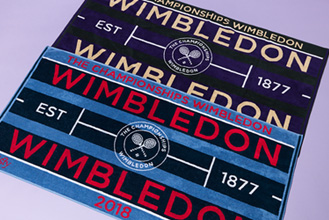For the best part of half a century Bobby Riggs has been best known as the chauvinistic hustler who took on Billie Jean King in the “Battle of the Sexes” in 1973. The recent release of a film about one of the most famous episodes in the sport’s history has reinforced that view, but there was another side to the brash Californian’s tennis.
In his early twenties Riggs was arguably the best player in the world and would surely have won many more Grand Slam titles but for the Second World War and his decision to turn professional. He also holds a unique place in Wimbledon history as the only man to have never lost a match at The Championships and won the gentlemen’s singles, gentlemen’s doubles and mixed doubles in the same year.
Riggs played at The Championships only once, in 1939. In the singles final he beat his fellow American, Elwood Cooke, who partnered him to victory in the men’s doubles. In the mixed event Riggs triumphed alongside Alice Marble, who did her own clean sweep that year, also winning the ladies’ singles and doubles titles.
At only 5ft 7in tall Riggs did not have the physical advantages of many of his contemporaries, but he was a formidable ball-striker and more than made up for any lack of power with the intelligence of his game.
He was a canny player who hit the ball with great accuracy, while his speed and athleticism enabled him to keep making opponents hit the extra shot and his powers of anticipation helped him develop a formidable return of serve.
“Riggs was one of the smartest, most calculating and resourceful court strategists tennis has seen, particularly in his defensive circumventions,” Bud Collins wrote in his “Tennis Encylopedia”. Collins added: “Riggs had both the brains and the shots to quell the cannonaders, particularly the drop shot from both forehand and backhand, and a lob matched by few in the way he masked it with his control of its length.”
Riggs did not have a particularly big serve but placed the ball superbly and was relentlessly consistent, often putting 90 per cent of his first serves in court. Julius D Heldman, writing in “The Fireside Book of Tennis”, said his was “the most under-rated serve in the game”, while Jack Kramer, the Wimbledon champion of 1947, said: “When Riggs was at his peak, no one could outserve Bobby.”
Riggs never played serve-and-volley as an amateur, though he changed his game after turning professional, mainly as a way of combating Kramer, who loved to dominate at the net.
Born in Los Angeles, Riggs developed his game under the guidance of one of the leading local players, Dr Esther Bartosh, who spotted his talent at an early age and took him under her wing.
Riggs was US junior champion at 17 and senior national clay-court champion one year later. In 1939, when he was 21, he was runner-up at Roland Garros, where he was beaten by Don McNeill in the final.
At Wimbledon that summer, however, Riggs was unstoppable. Seeded No 2 behind Britain’s Bunny Austin, who lost to Cooke in the quarter-finals, Riggs dropped only one set en route to the final. Cooke, nevertheless, pushed him hard before Riggs won the final 2-6, 8-6, 3-6, 6-3, 6-2.
Cooke and Riggs did not have things all their own way in the doubles. They won their quarter-final against Britain’s Henry Billington and Pat Hughes by taking the final set 11-9 and then overcame the veteran Frenchmen Jean Borotra and Jacques Brugnon in four sets before beating another home pair, Charles Hare and Frank Wilde, 6-3, 3-6, 6-3, 9-7 in the final.
Marble and Riggs beat Wilde and Nina Brown 9-7, 6-1 in the mixed doubles final. Marble played all three of her finals on the same day, while Riggs had won his singles title 24 hours earlier.
Riggs later admitted that he had bet on himself with a London bookmaker to win all three titles at The Championships that year and had won $108,000.
“Even though bookmaking was legal [in Britain] I was an amateur and the United States Tennis Association would have frowned on betting on tennis,” Riggs told Collins. “I was hush-hush about it. I left the dough in a London bank, figuring I’d pick it up after I turned pro, but the war came, so it sat there gathering interest. A nice nest egg when I got out of the Navy.”
The US National Championships was the only Grand Slam event that continued through the war years. Riggs played in three successive finals, beating Welby Van Horn and Francis Kovacs in 1939 and 1941 respectively and losing to McNeill in 1940.
With good money to be earned as a professional, Riggs left the amateur ranks in 1941. He won three US Pro Championships, beating Donald Budge in the final on each occasion, but Kramer usually got the better of their head-to-head contests.
In 1950 Riggs turned to promoting as Pauline Betz and Gussy Moran joined the professional ranks. For years thereafter he was known principally as a gambler who was prepared to bet on almost anything, but in 1973 he achieved more fame – or perhaps notoriety – than he ever had as a serious player.
Having beaten Margaret Court 6-2, 6-1 in a Mother’s Day challenge match near San Diego, 55-year-old Riggs and 29-year-old King captured the American public’s attention with their “Battle of the Sexes” showdown at the Houston Astrodome. An estimated 50 million Americans watched on prime-time television as King won 6-4, 6-3, 6-3.
Five years before his death in 1995 Riggs told “World Tennis” magazine that losing to King had been “the most disappointing, disheartening experience of my life”.

